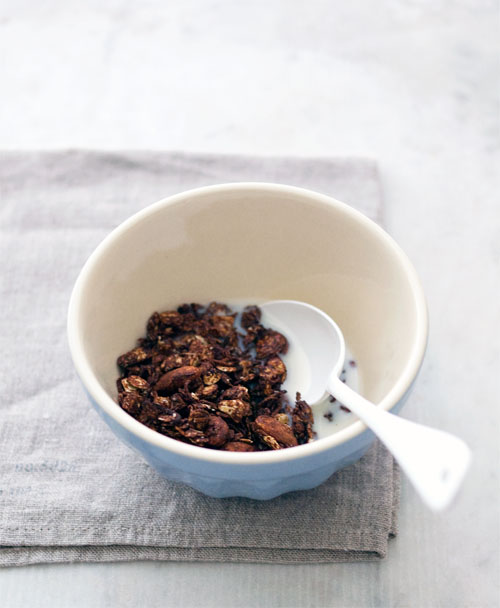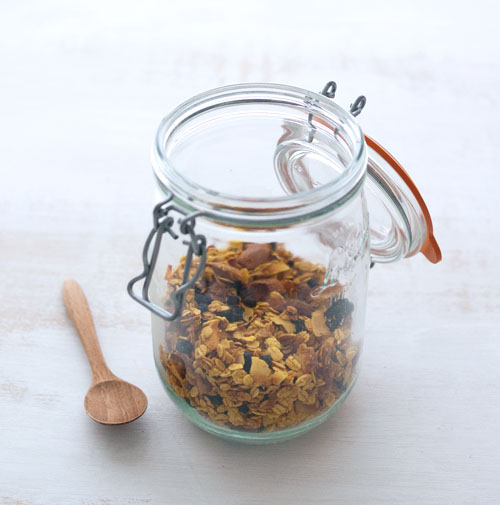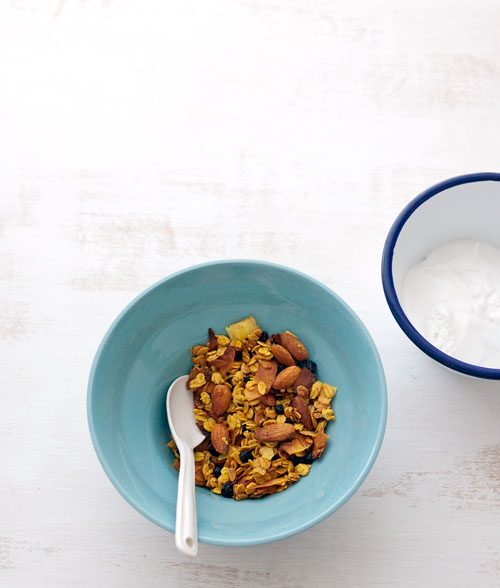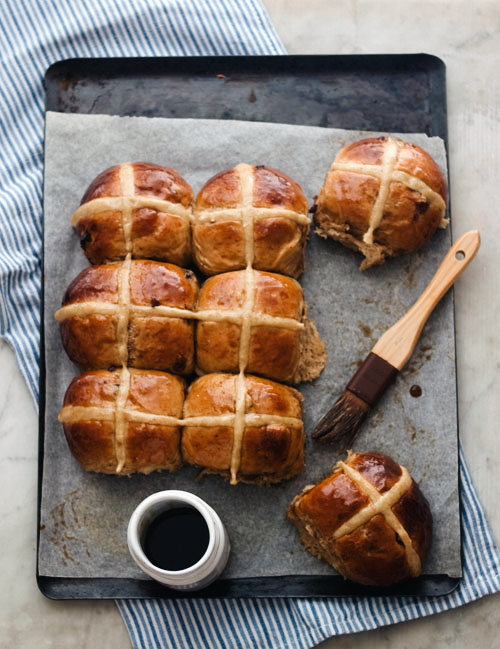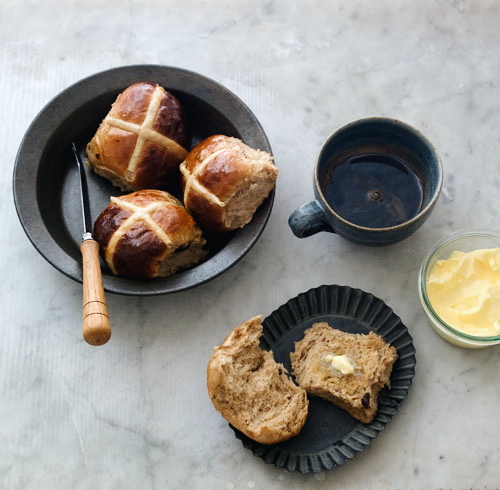Pink Grapefruit, Brown Butter and Bay Leaf Cakes

There are no flowers in my garden at the moment. Zilch. Not from lack of trying, mind you. It’s just that everything feels as though it has come to a standstill. I could blame Winter, or I could just feel a bit grateful that the nasturtiums, lovage and bay tree are still moderately flourishing despite my attempts at love (read : possible over watering).
The bay tree is probably the oldest survivor of our garden. A gift from my mom many years ago, it has proven useful in flavouring soups and stews, as well as custards, ice-cream and cakes like the ones below. A few fresh bay leaves are even said to be the prescribed natural remedy for preventing an infestation of weevils in your kitchen cupboards.
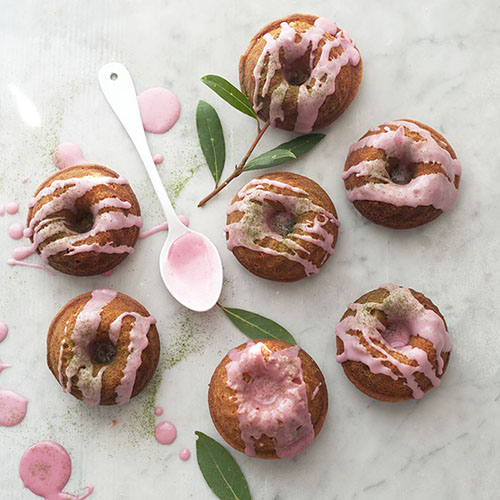
Despite the lack of flowers, it’s hard to begrudge Winter its lack of colour when there are pears and quinces to poach and all manner of citrus fruits to eat and bake with. Left with a single pink grapefruit languishing in the fruit bowl on our kitchen counter, I decided to turn it into a batch of small cakes. The cakes are pretty easy to put together, and can be customised to suit the season (blueberries in Summer, cherry blossoms in Spring..).

Pink grapefruit, brown butter and bay leaf cakes :
(makes 12 little cakes)
110g unsalted butter
3 bay leaves
3 large eggs
180g plain Greek-style yoghurt
finely grated zest of 1 large pink grapefruit
225g plain flour
3/4 teaspoon baking soda
pinch of sea salt
170g caster sugar
Grease a 12-hole mini bundt tray. Preheat oven to 170’C.
Brown the butter with the 3 bay leaves. Strain, discarding the solids. You should have 80g of bay leaf-infused brown butter. Allow to cool a little before using.
In a large bowl, combine the plain flour, baking soda, salt and sugar. In a separate bowl, whisk together the brown butter, eggs, yoghurt and grapefruit zest, and add this to the dry ingredients. Mix well. Pipe mixture into the greased bundt tray. Bake for 18-20 minutes. The cakes should spring back when lightly pressed.
Unmould the cakes and allow to cool completely on a wire rack. Make a drizzly icing with icing sugar and some of the juice from the pink grapefruit (to make the icing more pink, tint it with beetroot powder) and decorate the cakes with as much or as little icing as you please. Finish by dusting with bay leaf powder (dry a handful of fresh bay leaves in a low oven for 10-15 minutes until crisp. Blend to a powder in a spice grinder).

